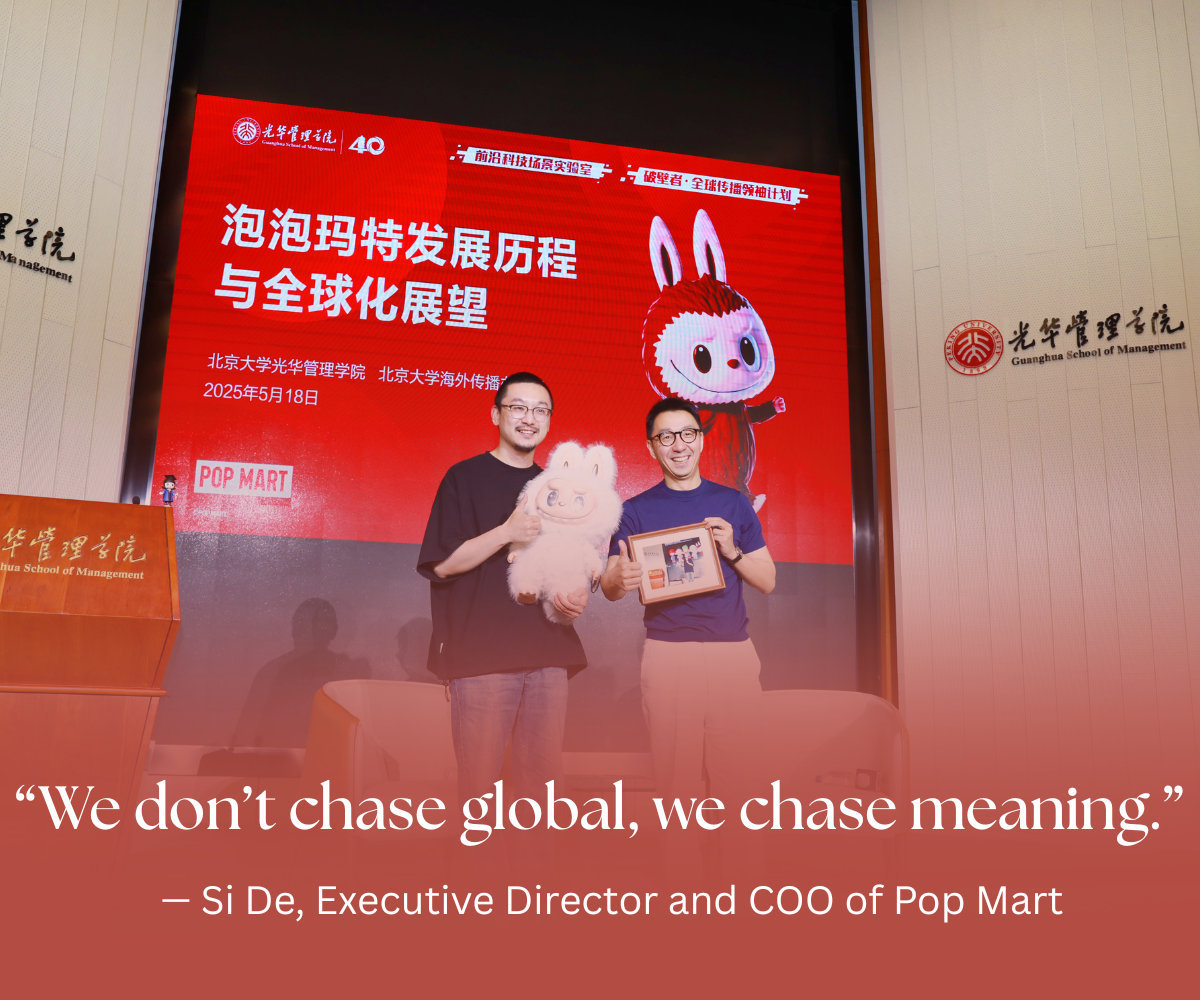
Si De(left) with Zhang Ying(right), Associate Dean of Guanghua School of Management
Peking University, May 20, 2025: When Si De, Executive Director and COO of Pop Mart, was asked what drives the company’s global success, he didn’t talk first about data, distribution, or design. He talked about imagination—and time.
“Above all,” he said, “we respect time and operations. A brand is not built in a single campaign. It’s built in every store visit, every online interaction, every customer memory. That’s the foundation of trust.”
Si De made those remarks during a packed FUTURE Talk at Peking University’s Guanghua School of Management, co-hosted by the university’s Office of Global Communications. The conversation, moderated by Zhang Ying, Associate Dean of Guanghua School of Management, drew more than 300 audience members, many of them fans of Pop Mart’s iconic characters—from the doe-eyed MOLLY to the whimsical, sharp-toothed LABUBU.
But according to Si De, Pop Mart’s journey from niche retailer to global brand was anything but whimsical.
“At 12:00 pm on the day of our first blind-box pre-sale,” he said, pausing for emphasis, “we were actually worried about server crashes. Instead, every single box was gone in four seconds.”
That four-second sellout, he said, was more than a commercial success. It was an emotional signal: people were hungry not just for products, but for stories.
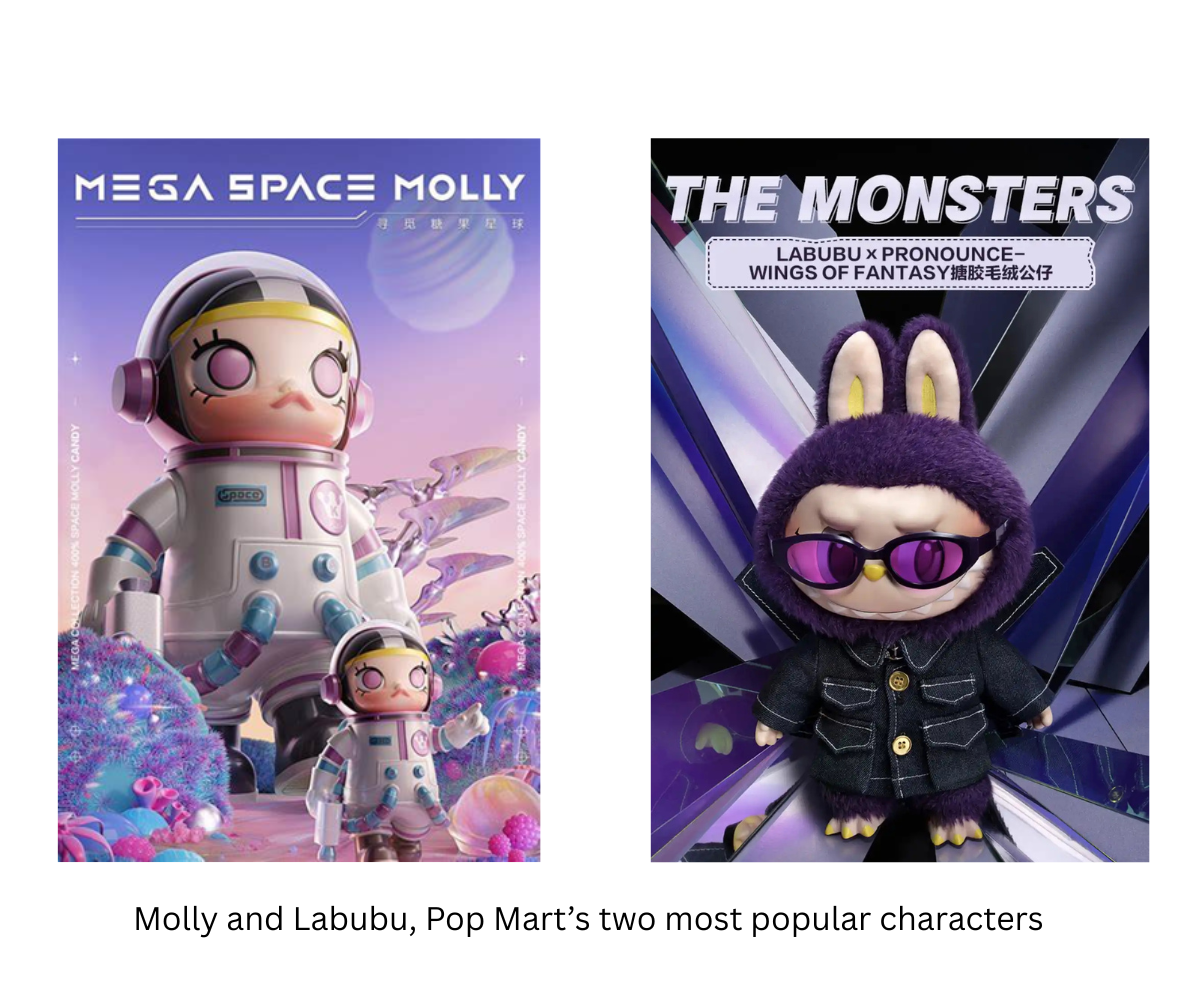 Going global by thinking local
Going global by thinking local
Pop Mart began in 2010 as a boutique selling curated lifestyle products. But it quickly became clear that selling other people’s ideas had limits.
“We wanted to go from selling what’s already out there to creating something that didn’t exist yet,” said Si De.
The company shifted its focus to original IP—developing characters like MOLLY and LABUBU that carried emotional meaning and distinct aesthetics.
“We didn’t just want characters. We wanted characters that meant something.”
That design-first approach laid the foundation for a global vision.
“Our dream is not merely to become ‘China’s Disney,’” Si De told the audience.“It’s to leave our own unique mark on the world.”
Global growth didn’t come from copying one model. Instead, Pop Mart built local teams—over 95% of its overseas staff are native to regional tastes.
“Cultural products are fragile. They don’t survive translation unless you care deeply about the language—both literal and emotional.”
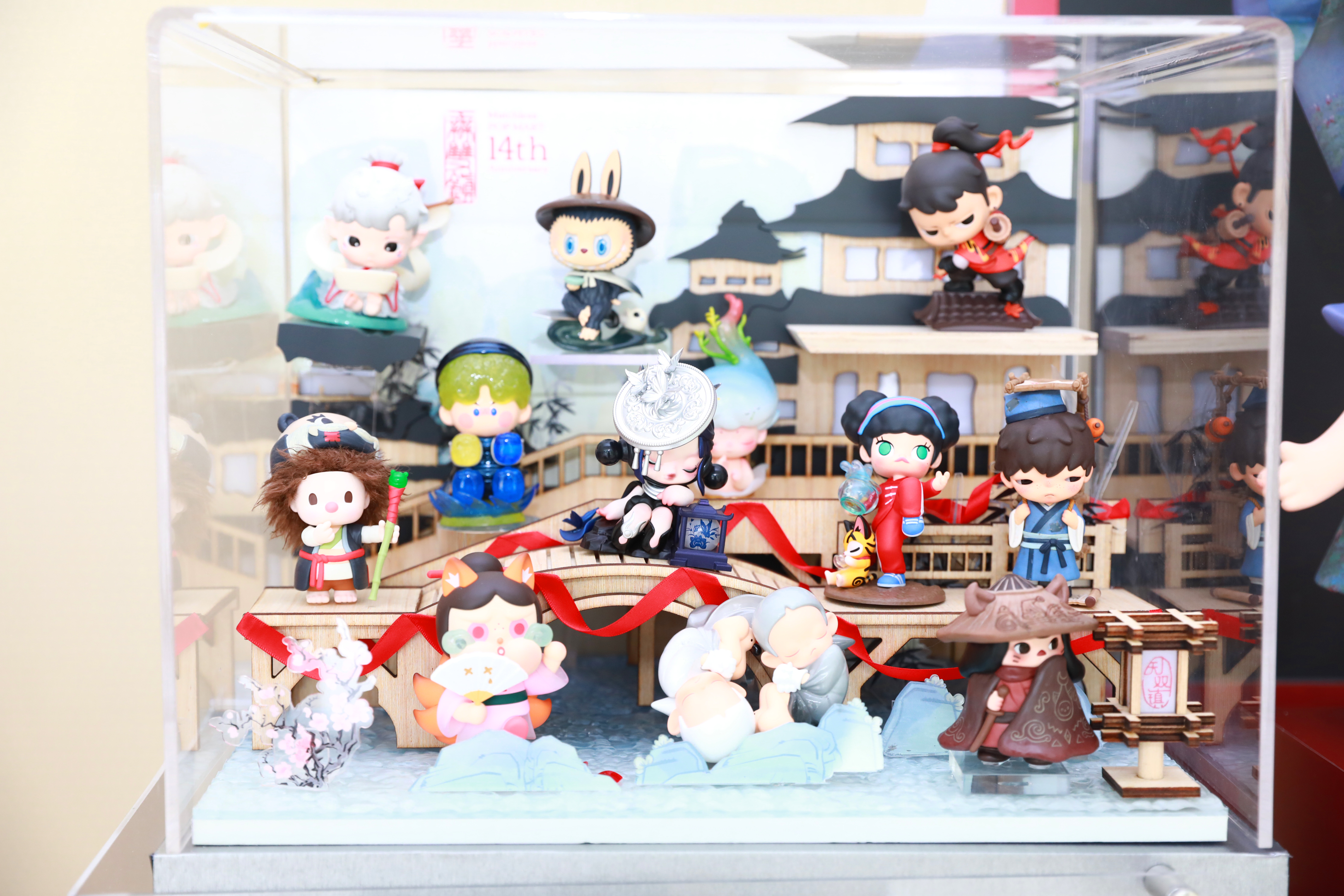
Pop Mart's lineup of dolls
The future is interactive
Pop Mart’s ambitions now extend beyond the toy shelf, as evidenced by Pop Land, a Pop Mart miniature theme park that opened in Beijing's Chaoyang Park in September 2023. Si De teased new projects, including modular wooden sets that unfold a character’s story piece by piece as it’s assembled.
“We’re exploring how people can build with their hands, not just collect with their eyes,” he said. “Every interaction is part of the narrative.”
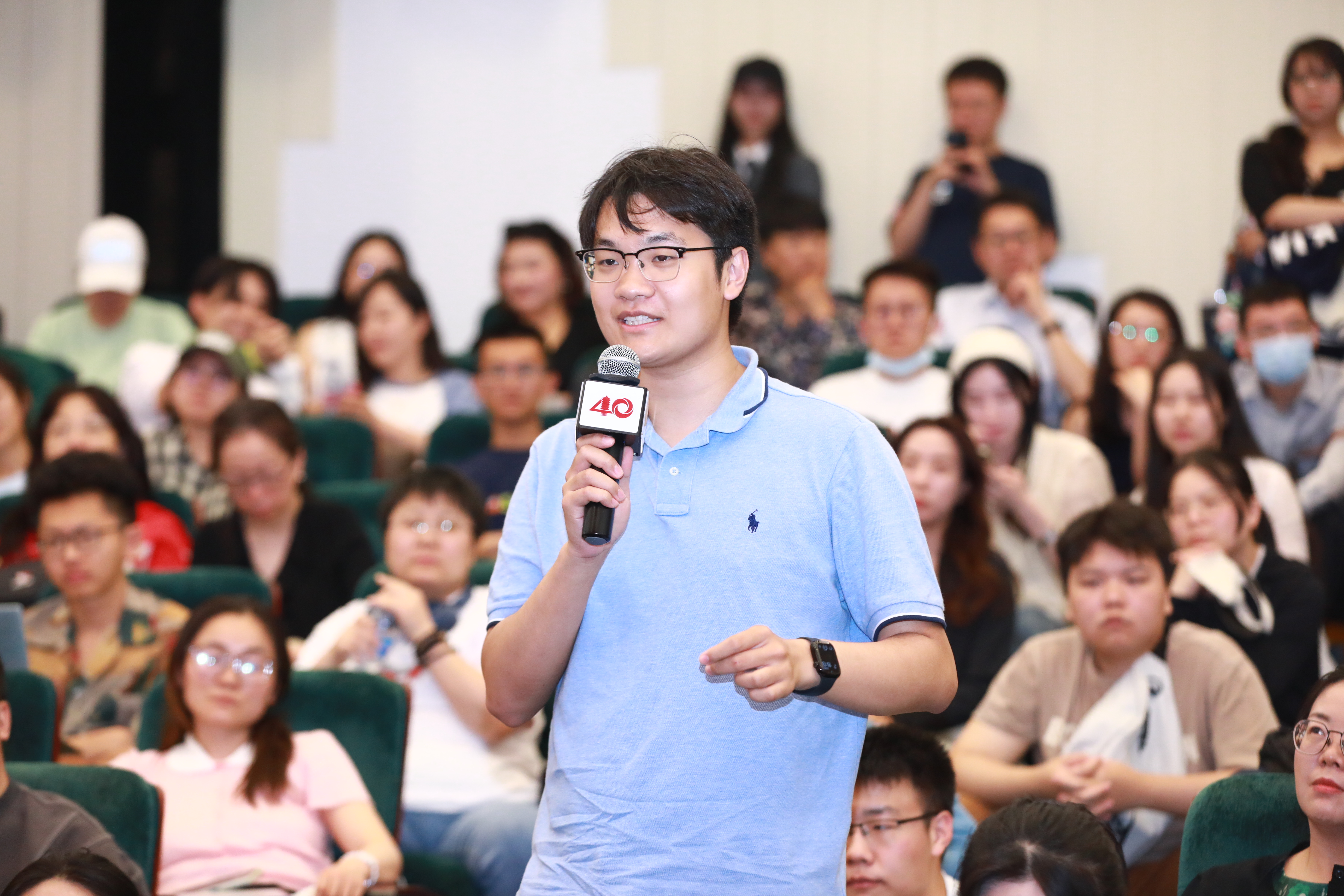
Audiences members engage with the speakers
For students in the audience, the message resonated not just as business strategy, but as creative vision. One student asked how to balance authenticity with scale. Si De’s answer was immediate:“Don’t chase global. Chase meaning. Global follows.”
As the event ended and students lingered in the aisles, some snapping photos with Pop Mart figurines, others huddled around the guest speaker, one thing was clear: in a world of fast content and fleeting trends, Pop Mart’s rise wasn’t about speed. It was about building slow, dreaming big, and adding an emotional appeal to design.
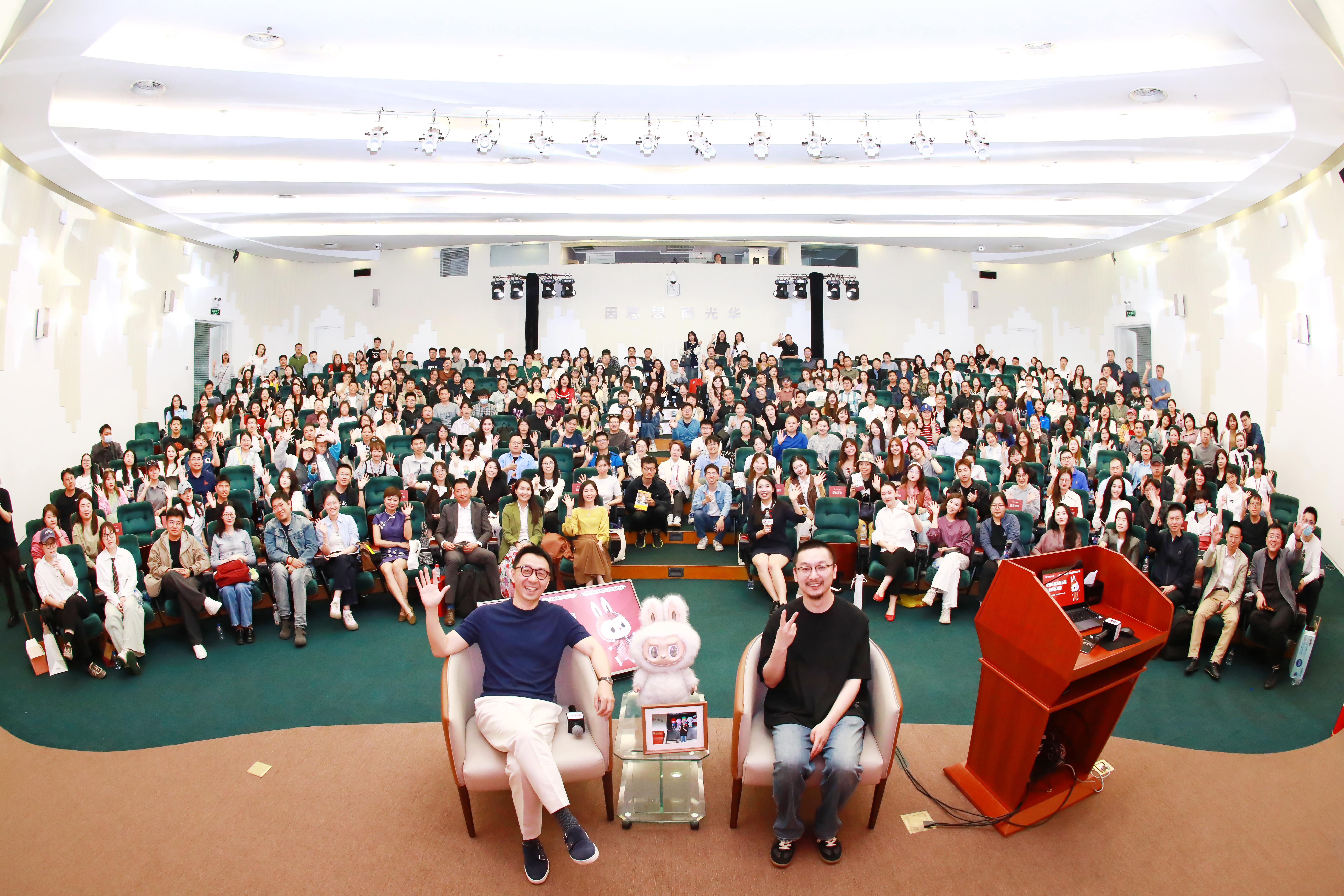
A group photo taken at the conclusion of the event
Written by: Kai Lim Leow
Edited by: Chen Shizhuo




